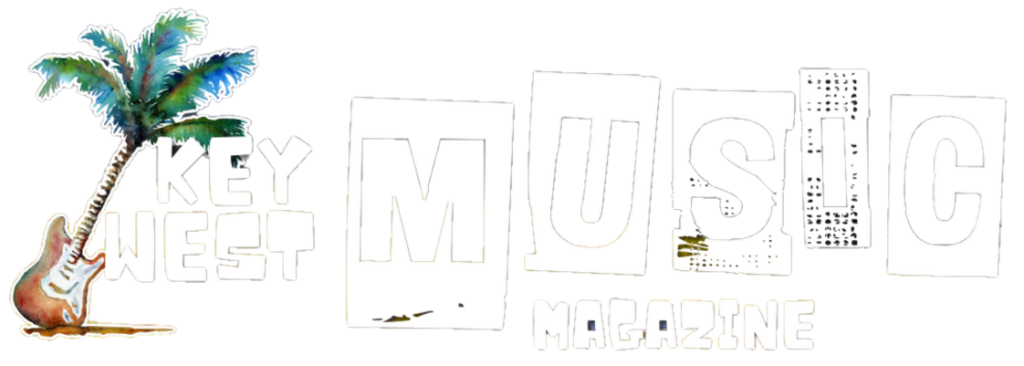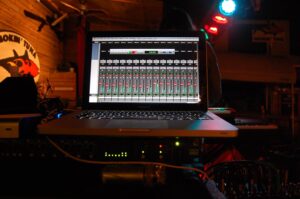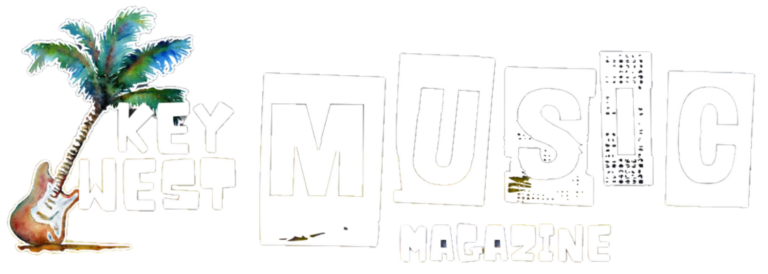Geek out – Vintage Style
We, studio rats, love our gear, just as guitarists and other musicians obsess over vintage instruments, recording engineers and producers geek out on vintage technology.
Certain compressors, which keep audio levels consistent, mic pre-amps and microphones, mostly designed in the 1950s and ‘60s, have attained legendary reputations.
Back when recording in professional facilities was the only option, studios made their names and reputations on having the most expensive and latest technology, and record companies demanded the best for their recording artists, with starship-sized British or American mixing consoles, high-end German microphones and Swiss-made tape machines.
Digital recording replaced tape at the turn of the century, and leveled the recording playing field. Everyone could now access software that enabled them to make an entire record on a laptop computer. Record company recording budgets shrunk and many big-name studios closed their doors.
But the new digital technology didn’t initially sound very good. It was brittle and lacked warmth, problems that were exacerbated by inexperienced users recording at home with cheap microphones and mixers.
Analogue equipment manufacturers came to the rescue. Companies like Neve, whose mixing consoles are the industry’s Rolls Royce, no longer able to sell many of their giant multichannel mixers, started making single channels of their classic designs. Other companies followed suit, and pieces of venerated studio gear that had ceased production decades before, reappeared on the market.
Often the reboots were not as good. Designs were tweaked for affordability with cheaper components and printed circuit boards, not handwired like the originals, where cost to the consumer was not a consideration in the design and build. The only question back then was “how good can we make this sound?”
This caused the vintage recording equipment market to explode, as musicians and producers scrambled to buy original versions of classic studio gear and microphones.
Units like the Fairchild Tube 670 compressor cost $700 when it first appeared in the late 1950s. These were thrown into Dumpsters at the end of the ‘60s when transistors came along and replaced tube technology. The same compressor (if you can find one) will now fetch $40,000 to $60,000. Vintage and original Neumann microphones, Universal audio compressors and Neve mic pre-amps command prices at least double that of their reissues.
Among my gear collection is a pair of Neve mic channels I’ve owned for over 30 years, stripped out of a 1970s Neve console that was being broken up. They’re built like tanks and make anything plugged into them sound fantastic, adding some kind of undefinable vintage sheen. I have two vintage compressors, including a Beatlesera tube-driven Altec.
Investing in vintage gear has been one of the good decisions I’ve made over the course of my recording career. Owning classic studio equipment satisfies my gear addiction, and helps give my clients the best recording quality possible.
Ian Shaw is a British record producer who relocated to Key West. Warmfuzz Productions offers live recording of gigs directly to ProTools and studio-based production and mixing.



